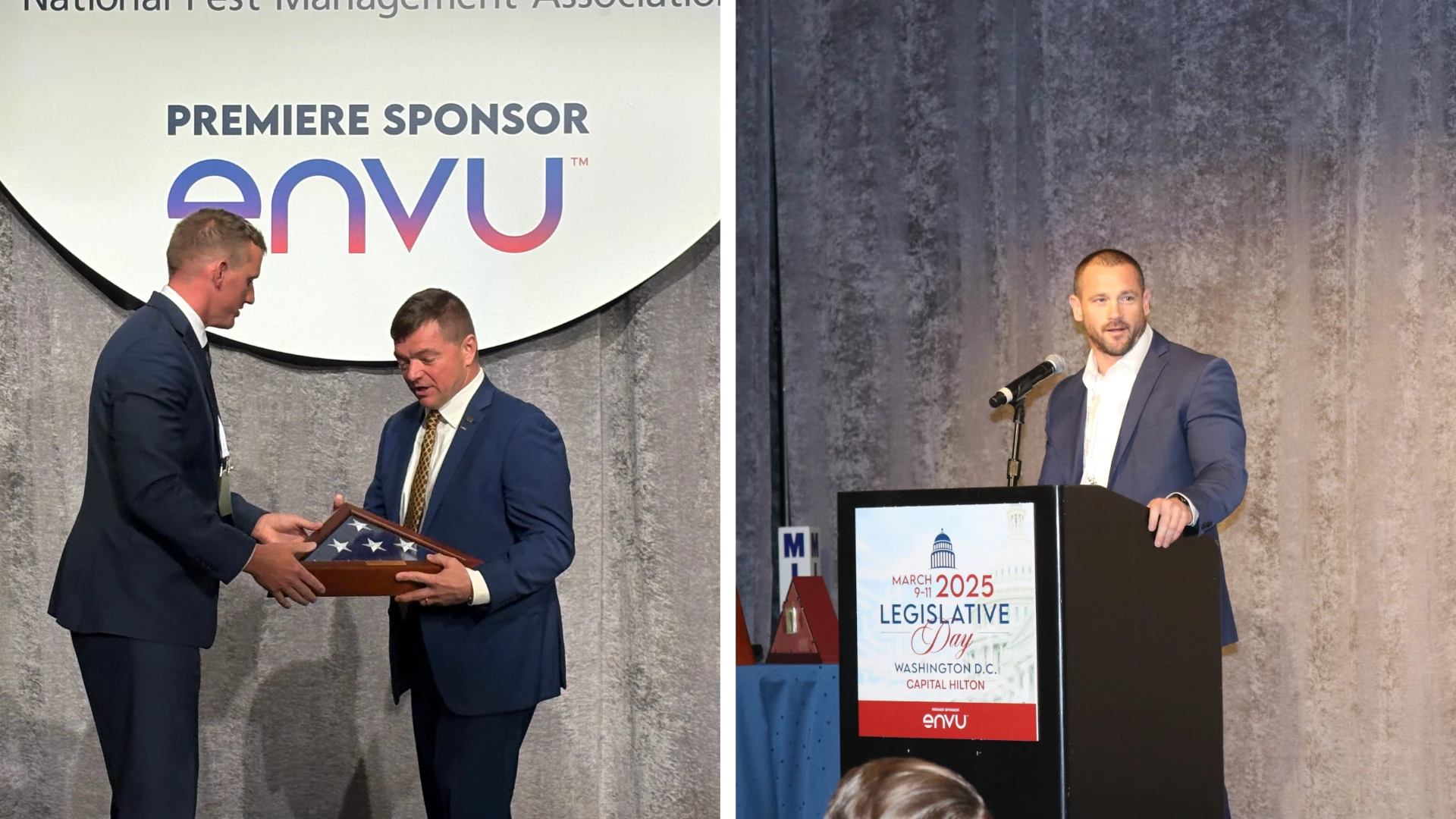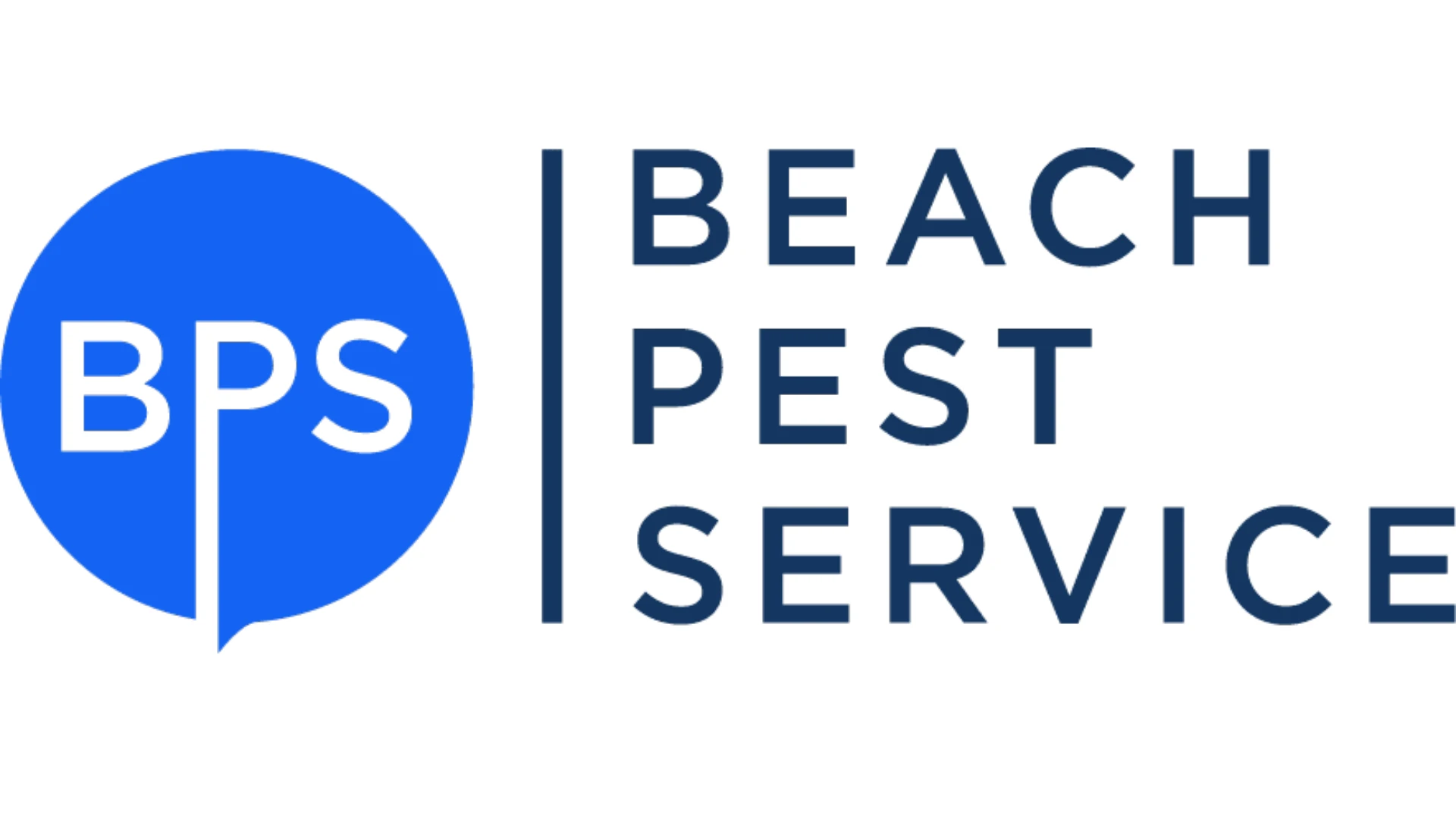Pest management professionals arefortunate in that they have a variety of training resourcesavailable to upgrade their professional skills.
For example, in the June 1, 1997,issue of Techletter by Pinto and Associates(301/984-3020), we are warned of possible translocation ofpesticides that could drift from the original application site tonon-target areas. In fact, it is a Myth Conception thatpesticides always stay put.
EXAMPLES OF TRANSLOCATION. Someof the examples of translocation of pesticides to the wrongplaces are described by Pinto as follows: (1) Wind can blowparticles of wettable particle into an open window aftertreatments of garbage areas nearby. (2) Fallen leaves on atreated area can blow into a fish pond. (3) A person or petwalking on freshly treated mulch or turf may carry pesticideparticles into a home.
I recall many years ago applyingsilica aerogel with a roller on the floor against one wall in aboiler room. The next month, I found the dust on the flooragainst the wall on the opposite side of the room. I can’timagine how it got there except by air currents.
Pinto’s examples may soundfar-fetched, but we live in a society in which valuablepesticides were outlawed, because more than one person in amillion could get cancer after exposure for a lifetime of 70years.
I’ll add some more examplesto Pinto’s scenario. After a lawn is sprayed with a residualorganophosphate, carbamate or other toxicant, a dog or a cat mayeat some of the treated grass, as they sometimes do. If the petis being treated with a pill to control fleas, there is thethreat of an additive effect by the combining of two differenttoxicants.
Another example of pesticidetranslocation is the fate of particles of boric acid when usedfor flea treatments offered with a one-year guarantee. A commonpractice with some PCOs has been to beat pounds of boric aciddust into the rug until it was out of sight. But when the rug isvacuumed with conventional household carpet sweepers, invisibleclouds of tiny particles of boric acid dust can become airborne.Only particles greater than 10 microns in size are trapped in thebag, and smaller particles will float until they fall back intothe rug or sofa to be recycled repeatedly. A one-micron particletakes 2¾ hours to fall one foot. If the particle is 0.1 microns,it takes 1½ days to fall one foot. And some of these airbornepollutants can wind up in the lining of the lungs of humans andpets.
More data on translocation ofpesticides from perimeter spraying to the interior is beingdeveloped for a doctoral thesis by Dan Stout II, a researchassistant at North Carolina State University. He explains thattoxicants exposed to the weather have a much shorter residualvalue than the same toxicant that becomes bound to dust particlesand may then be brought in by traffic and air currents. Theseparticles then become easily available to crawling children andpets.
ADD-ON OPPORTUNITIES. PCOswho have an industrial vacuum cleaner equipped with a HEPA filtercan offer a valuable add-on service by removing particles above0.3 microns from upholstery and the much larger surface areas ofrugs and carpets. This would remove from the surface not onlytraces of potentially harmful pesticides, but more importantlyparticles of allergens from house dust mite body parts, feces,pollen, and mold spores.
There is another add-on servicepest management professionals will be able to offer to themillions of people who suffer from asthma caused by house dustmites or cockroaches. This service utilizes the Medachieve system(see related news article on page 10), which is designedto kill and prevent colonization of house dust mites on carpets.Carpets receive most of the allergen fallout because of greaterexposure area. The device, now being developed injects minisculeamounts of 0.1% permethrin into spaced spots at the base of thecarpet, thus allowing none of the pesticide to contact childrenand pets at the surface of the carpet.
Several test have shown permethrinto be one of the best residuals for not only house dust mites andfleas, but also carpet beetles, and the EPA has approvedpermethrin for this use.
With the Medachieve System, allthe toxicant is confined to the micro-environment in which theflea egg, larva and food is confined. This too is the site inwhich carpet beetles do their damage. They take a bite out of thebase of each fiber, discarding the rest.
The pest control industry isuniquely qualified to be the primary and exclusive agency to usethe Medachieve System for alleviating chronic allergy problemscaused by house dust mites. At the same time, the applicationcreates a hostile microenvironment for fleas and carpet beetleswithout hazard to occupants. "Killing three birds with onestone," may make it easier to market this add-on service.
Harry Katz, a contributingeditor to PCT, may be contacted at Berkshire E-3076, DeerfieldBeach FL 33442, 954/427-9716.

Explore the August 1997 Issue
Check out more from this issue and find your next story to read.
Latest from Pest Control Technology
- Understanding Rodents and Bird Flu
- Green Pest Solutions Awards Safest Driver New 2025 Ford F150
- UF/IFAS Sheds Light on Tiny Invaders During Termite Awareness Week
- Registration Open for Lawn & Landscape Technology Conference
- Fleetio Launches Automotive Service Excellence Scholarship
- WorkWave Appoints John Phelan as CTO
- PMPs Use Capitol Hill Visits to Push for Preemption
- 20 Trapping Tips





